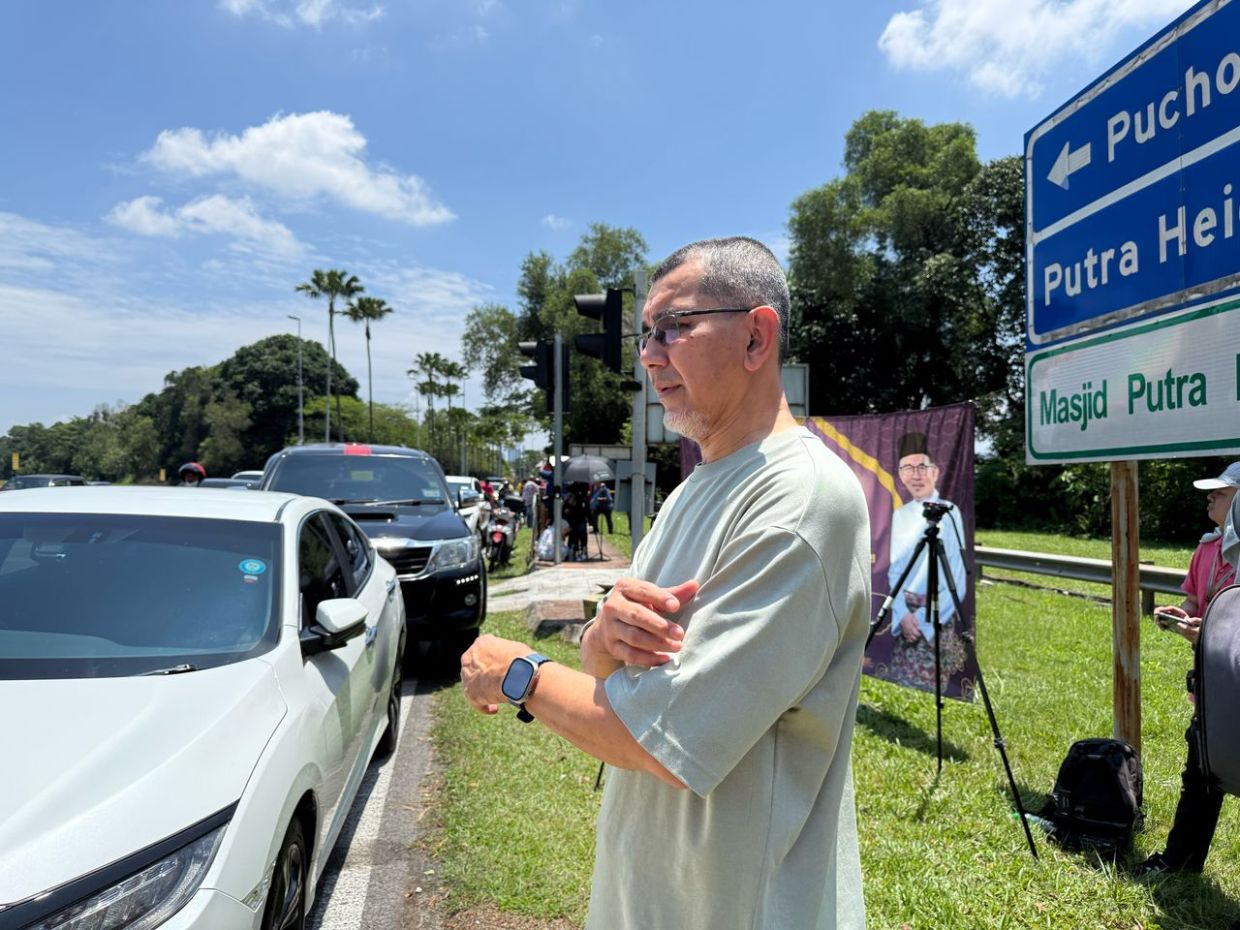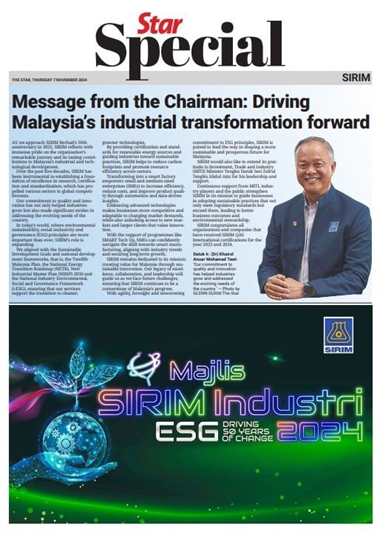KUALA LUMPUR: It was never compulsory for the government to reveal the findings of the 1976 Double Six tragedy to the public, says the Transport Ministry.
Minister Anthony Loke said this was because the tragedy occurred in 1976, when the Fourth Edition Annex 13, Aircraft Accident and Incident Investigation, International Civil Aviation Organisation (ICAO Annex 13) was in use, with the ruling stating there was no need to publicise the report.
“The decision to declassify the 1976 Double Six tragedy earlier this year however was in line with the unity government’s aspirations of transparency.
“All aircraft tragedy reports, however, had to be prepared and published within 12 months of the incident, when amendments to the Tenth Edition Annex 13 came into effect in July 2010.
“Among the reports include the MH370 flight tragedy and the helicopter crash in Kuching, Sarawak on May 5, 2016,” he said in written Parliamentary replies to Datuk Seri Ronald Kiandee (PN-Beluran) and Datuk Seri Madius Tangau (PH-Tuaran) on Wednesday (June 7).
Both Sabah MPs had questioned the government’s reason for keeping the report classified for over 40 years.
Loke said the Ministry’s scrutiny of paragraph 1.11 on page eight of the report also found there was no mention of the flight’s Black Box records as it was not compulsory to install one on the GAF N-22B Nomad plane model at the time.
“Any compensation claims, if needed, will be resolved through existing legal processes,” he said.
Malaysia's report on the Double Six tragedy was disclosed on April 12, stating that errors by the pilot Capt Gandhi Nathan could have led to the tragedy.
The report, which was kept classified under the Official Secrets Act (OSA) for 47 years, ruled out any sabotage and puts the blame mainly on pilot error as well as unbalanced cargo loading of the aircraft and poor Sabah Air management practices.
Eleven people were killed in the crash, including then-Sabah chief minister Tun Mohd Fuad Stephens.
Apart from Fuad, the others killed were state ministers Datuk Peter Mojuntin and Chong Thien Vun, Finance Minister Datuk Salleh Sulong, assistant minister Datuk Darius Binion, Sabah Finance Ministry permanent secretary Datuk Wahid Peter Andu, Isak Atan (private secretary to Tengku Razaleigh Hamzah, who was then finance minister), Kpl Said Mohammad (bodyguard to Fuad), pilot Capt Gandhi J. Nathan and Fuad's eldest son Johari Stephens.
The seven-member then-Civil Aviation Department (DCA) investigation team was led by chief investigator Omar Saman and included two officials from the Australian Department of Transport.
Australia later declassified and released its report on the 1976 Double Six tragedy.
The Australian report mostly tallied with the Malaysian one, reporting of the pilot's "poor ability" and overloading of the plane, mostly tallies with Malaysia's findings.
However, one of the revelations of the Australian report was that another Sabah Air pilot left the plane to make space for one more passenger to sit in the co-pilot's seat - the son of then Sabah chief minister Tun Fuad Stephens, Johari.
The report said the other pilot was "not endorsed on the Nomad and was not involved in its operation apart from brief periods in straight and level flight in the cruise when he was permitted to handle the controls".
Government Aircraft Factories (GAF), the manufacturer of Nomad aircraft, in the report also said that Sabah Air was operating illegally as its operations manual submitted to the CAD was never approved.










































